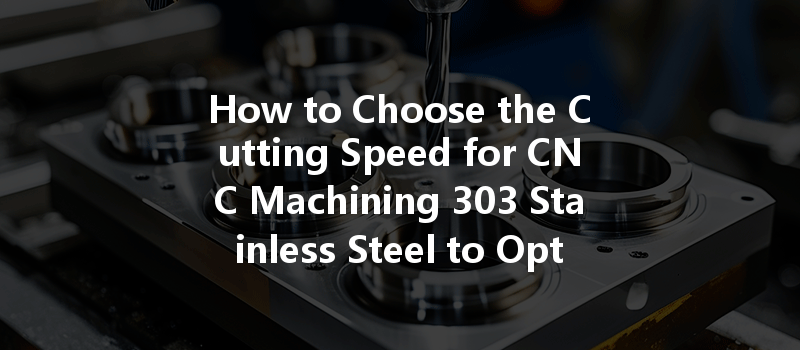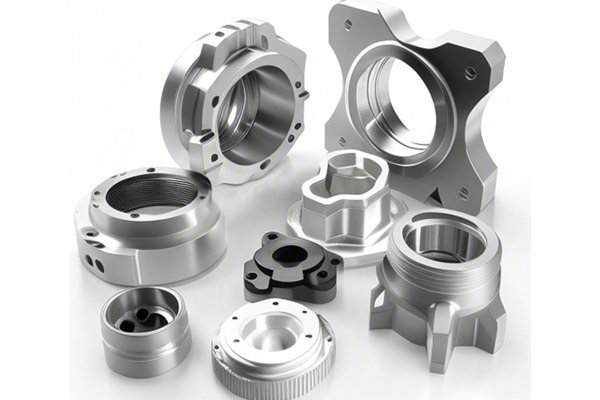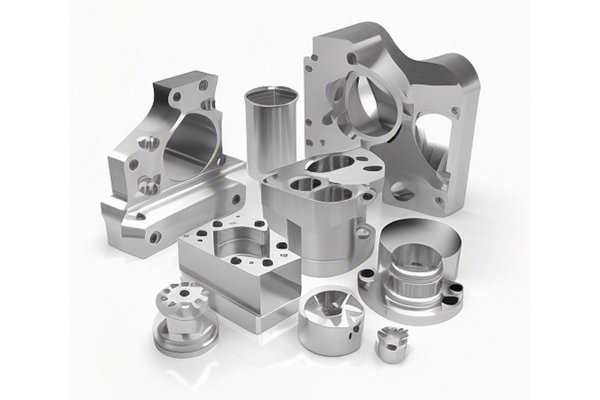Opening
Did you know that the right cutting speed can reduce tool wear by up to 50% in CNC machining processes? For manufacturers and engineers, optimizing the cutting speed is vital, especially when working with materials like 303 stainless steel, renowned for its excellent machinability due to its high sulfur content. But how do you choose the optimal cutting speed to ensure precision and efficiency? In this extensive guide, we’ll explore the fundamental principles of cutting speeds, factors affecting these speeds, and methods for calculating the most effective speed for CNC machining 303 stainless steel.
Understanding Cutting Speed
To begin with, let’s define cutting speed (V). It represents the speed at which the cutting tool engages with the material. Typically measured in surface feet per minute (SFPM) or meters per minute (MPM), cutting speed is a critical parameter that influences the overall performance and productivity of machining operations.
When it comes to CNC machining, particularly with 303 stainless steel, the cutting speed directly impacts:
With an effective cutting speed, manufacturers can improve these attributes significantly, leading to lower operational costs and higher product quality.
Factors Influencing Cutting Speed for 303 Stainless Steel
Choosing the right cutting speed for 303 stainless steel is not a one-size-fits-all process. Several factors must be taken into consideration:
Calculating the Appropriate Cutting Speed
To determine the optimal cutting speed for CNC machining 303 stainless steel, follow these straightforward steps:
[
V = frac{pi times D times N}{12}
]
Where:

Practical Examples of Cutting Speed Calculations
Let’s take a closer look at an example:
Suppose you have a 1-inch diameter end mill made from carbide, and the manufacturer recommends a cutting speed of 150 SFPM for 303 stainless steel. To find the spindle speed (RPM):
[
N = frac{V times 12}{pi times D}
]
[
N = frac{150 times 12}{pi times 1} approx 572.5 text{ RPM}
]
Thus, setting your spindle speed to around 575 RPM would be a starting point for machining operations.
Monitoring Tool Wear and Adjusting Parameters
Even after establishing a recommended cutting speed, it’s essential to continually monitor tool wear and the quality of the machined surface. Various indicators can help you understand whether your cutting speed needs adjusting:
If tool wear is significant or surface finish is not meeting standards, adjustments to the cutting speed or tool type may be necessary.
In conclusion, choosing the correct cutting speed for CNC machining 303 stainless steel is a complex balance of various parameters. Understanding tool materials, machine capabilities, and cutting dynamics is essential to optimizing performance. As discussed, monitoring multiple factors like tool wear along with adjusting cutting speeds based on empirical analysis will lead to a successful machining process.
This topic is crucial for machinists and manufacturers aiming to enhance productivity, reduce costs, and improve the quality of their machined products. As the industry evolves with new technologies and materials, revising and reevaluating your approach to cutting speeds will be vital for staying competitive and achieving operational excellence in CNC machining.
By investing the necessary time to understand and implement the principles outlined in this blog, businesses can secure improved part quality, increased productivity, and ultimately, a better bottom line. Remember: cutting speed is just one piece of the machining puzzle, but optimizing it can lead to groundbreaking improvements across the board.






